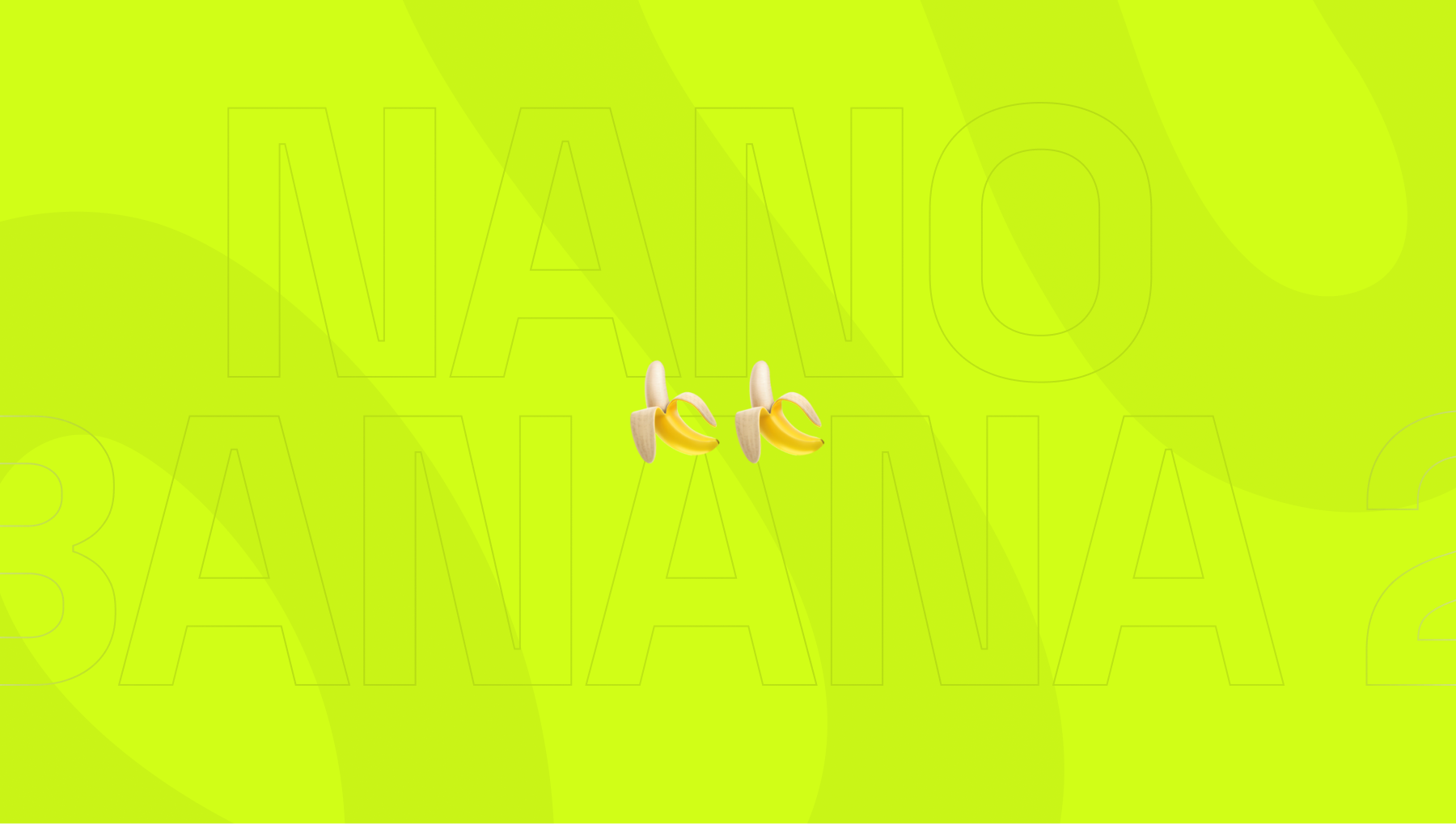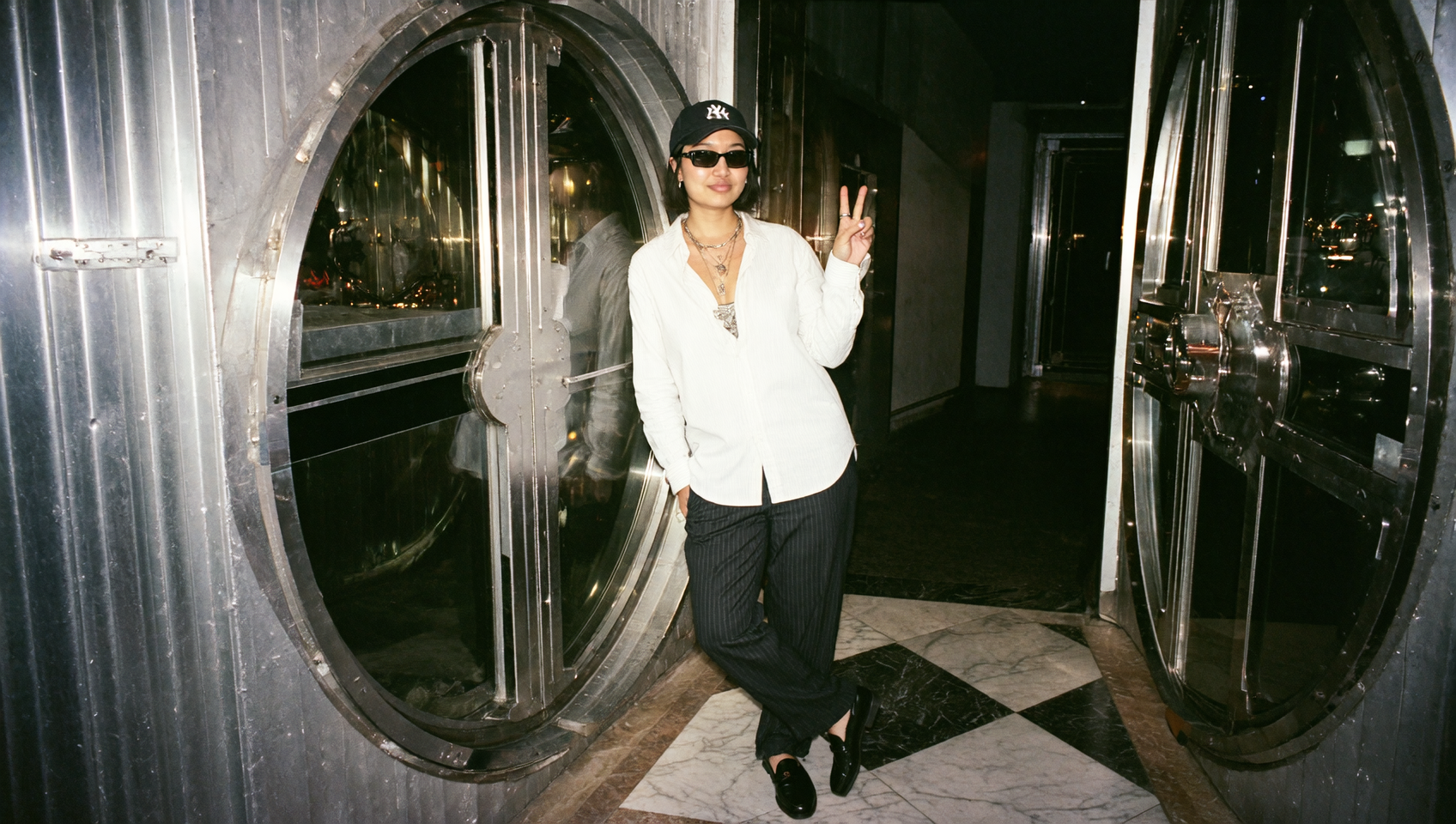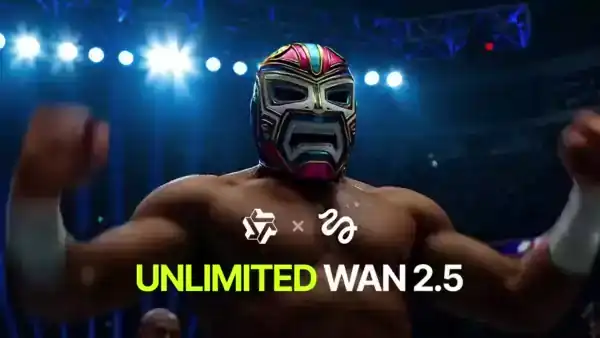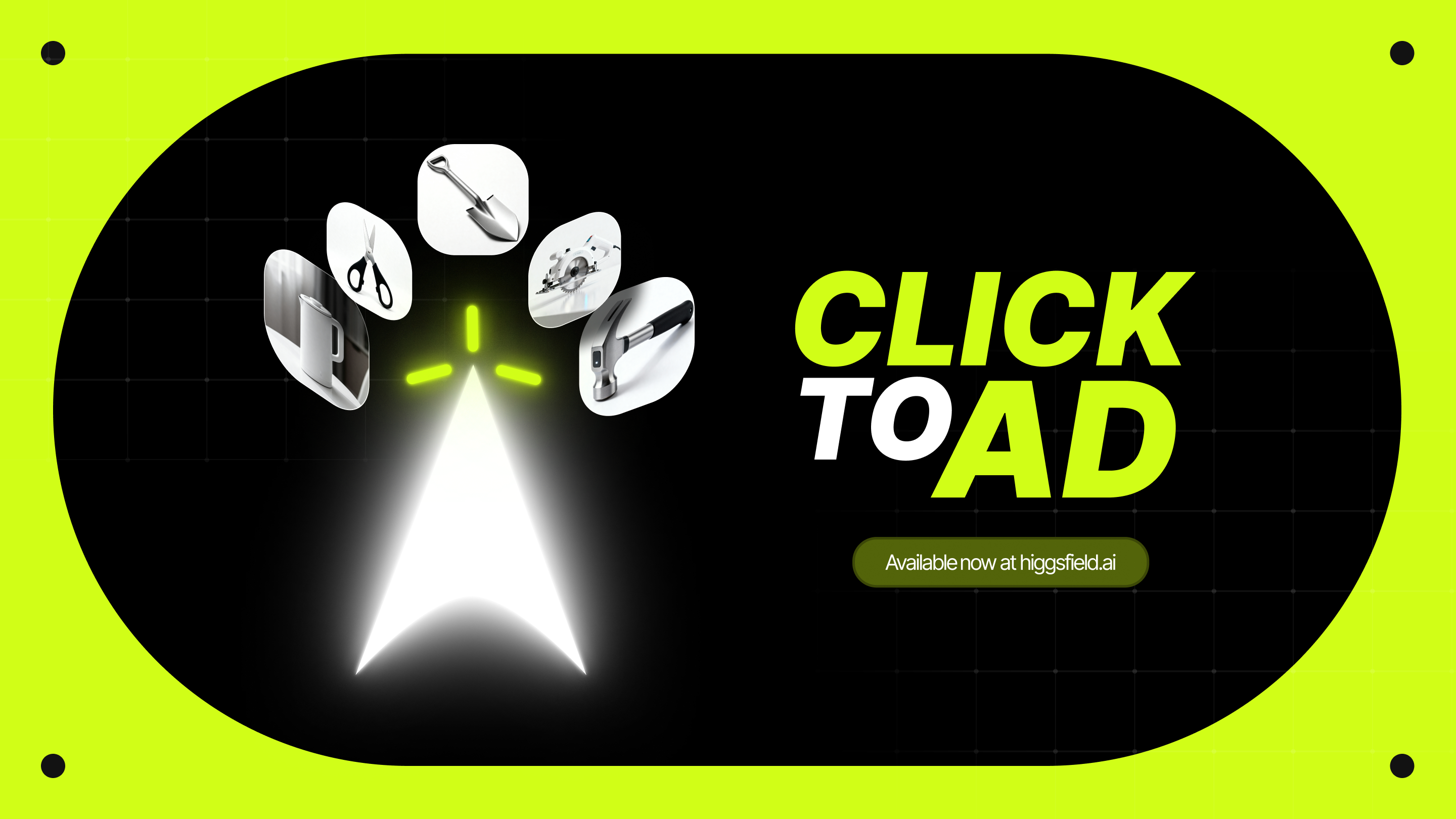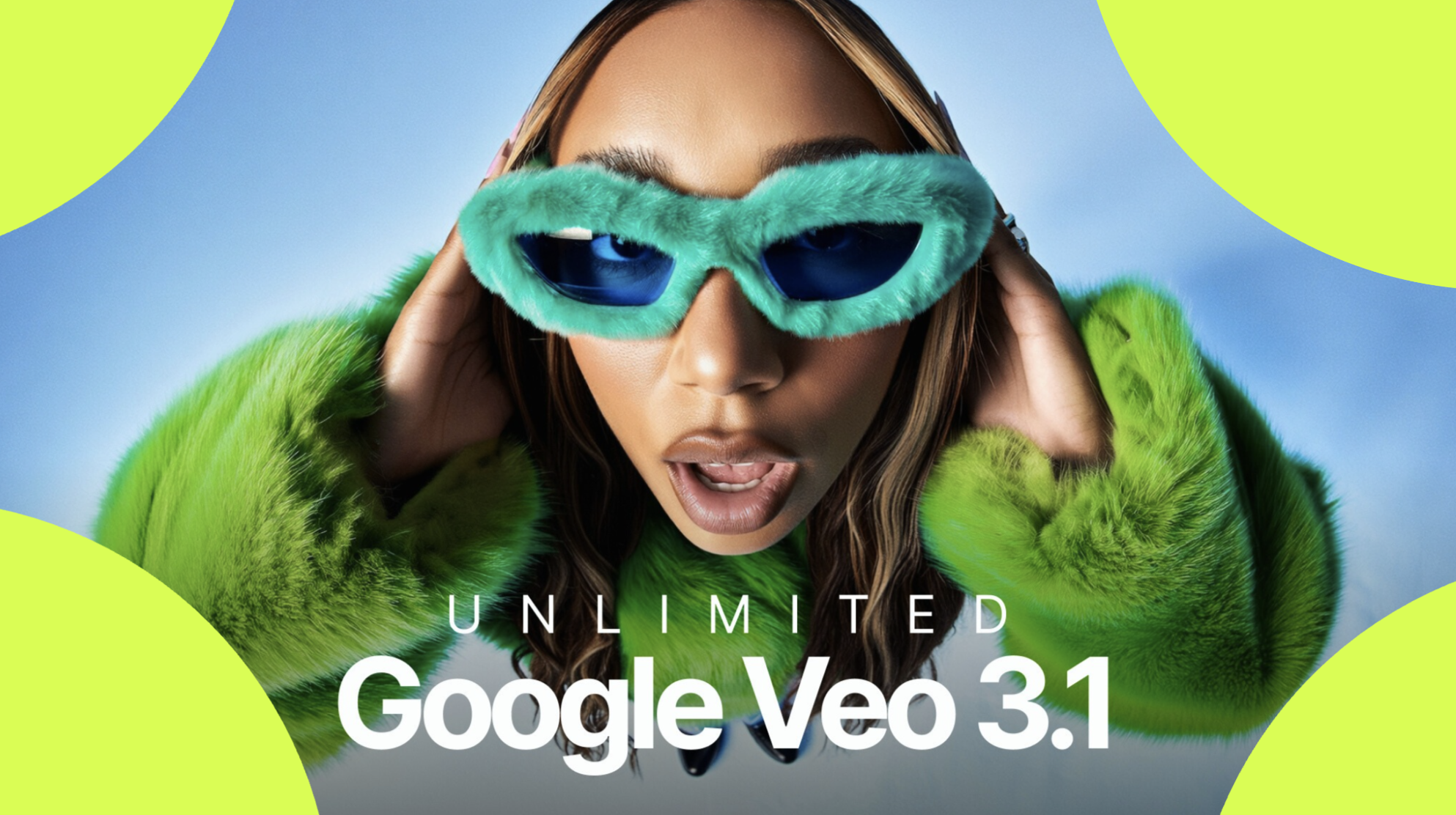As the AI industry anticipates Google’s next major image-generation release, “Nano Banana 2,” the question dominating technical forums and professional creative communities is simple: How different will it actually be from the original Nano Banana model?
The first generation - widely known as Nano Banana but officially tied to Gemini 2.5 Flash Image - became a breakout model despite its informal name and experimental status. It established Google’s presence in the image-generation space by offering surprisingly coherent outputs, strong prompt interpretation, and faster-than-average render times.
However, discussions surrounding Nano Banana 2 indicate something much more ambitious: a shift from “good diffusion with fast speed” to an architecture powered by true multimodal reasoning. If early signals prove accurate, Nano Banana 2 is set to be one of the most technically significant visual models Google has built to date.
This article examines how Nano Banana 2 compares to the first model, based on verifiable leaks, industry analysis, and architectural documentation.
1. Architecture: Diffusion vs. Reasoning-Guided Synthesis
Nano Banana 1 (Gemini 2.5 Flash Image)
The first version used a compact diffusion mechanism paired with lightweight text guidance. Its strengths were speed and stability, but it lacked deeper reasoning:
Prompt following was good but needed explicit detail
Struggled with complex spatial relations
Could not interpret abstract instructions or high-logic scenes
Often hallucinated text, clock hands, or precise object geometry
Nano Banana 1 was effective for quick aesthetic drafts and stylised compositions, but its architecture limited its ability to produce logic-consistent scenes.
Nano Banana 2 (Gemini 3.0 Pro Brain)
The rumored architecture represents a substantial evolution:
LLM “Brain” (Gemini 3.0 Pro) for deep reasoning
High-fidelity diffusion “Hand” (GemPix 2)
Shared latent intent vector that fuses text reasoning with pixel generation
Multi-stage “Plan → Evaluate → Improve” loop similar to chain-of-thought
2. Resolution and Visual Fidelity
Nano Banana 1
Generated at a practical mid-range resolution
Struggled with micro-textures
Upscaling introduced blur and detail loss
Lighting gradients occasionally banded
Its performance was solid but clearly oriented toward speed and accessibility.
Nano Banana 2 (Pro)
Rumoured specifications tell about major upgrades:
4K generation
Optional reasoning-aware 4K upscale
16-bit color rendering for smoother gradients
Improved surface physics and reflective material behavior
If these details hold true, Nano Banana 2 will be positioned as a professional-grade model for product design, concept art, commercial imagery, and film pre-visualization.

3. Text Rendering: A Known Weakness Now Addressed
Text was one of Nano Banana 1’s limitations.
Nano Banana 1
Frequently hallucinated letters
Could not maintain consistent spelling
Struggled with perspective text (labels, screens, posters)
Nano Banana 2 (Pro)
Perfect text generation on screens, paper, signs, and UI mockups
Better perspective alignment and shadow integration
Higher accuracy with stylised fonts
This brings it closer to Photoshop-like precision and eliminates a major workflow bottleneck.
4. Prompt Following and Semantic Accuracy
This is where the difference becomes dramatic.
Nano Banana 1
Followed clear prompts reliably
Lost track of multi-step logic
Misinterpreted complex spatial instructions
Struggled with sequences like “A reflection of X inside Y”
Nano Banana 2 (Pro)
Nano Banana 2 is reported to be Google’s strongest prompt-following model ever released, because of
Gemini 3.0’s reasoning backbone
Multi-step validation loops
Structural evaluation before final render
This places Nano Banana 2 into a different category altogether - closer to a reasoning engine that happens to generate images, rather than a diffusion model that tries to reason.

5. Ability to Render Recognizable People
This capability is widely discussed but not officially confirmed.
Nano Banana 1
Avoided realistic celebrity likeness
Produced approximate or stylized interpretations
Deliberate safety restrictions limited accuracy
Nano Banana 2 (Pro)
Early testers claim:
It can generate highly accurate faces of public figures
Facial geometry & skin texture improve dramatically
Identity fidelity persists across multiple outputs
It’s unclear how these capabilities will be handled at launch - strict guardrails may still apply - but technically, the second model appears significantly more capable.
6. Reasoning Over Images (Math, Diagrams, OCR)
This is one of the most transformative differences.
Nano Banana 1
Could not replicate math equations precisely
Struggled with handwritten notes
No meaningful OCR-level accuracy
Nano Banana 2 (Pro)
Reported improvements:
Solves math equations presented in images
Recreates diagrams without distortions
Handles tables, charts, and UI mockups
Reads context and preserves structure
This introduces major implications for:
Education
Technical documentation
Product design
Corporate workflows
7. New UI Features: Lightbox, Reference Flipping, Multi-Camera Controls
Nano Banana 2 is expected to ship with new Gemini interface tools:
Lightbox: Control lighting, angles, and diffusion
Camera sliders for perspective and depth
Reference flipping to check visual drift
Aspect templates for social, widescreen, and product formats
These upgrades accelerate prototyping and significantly reduce back-and-forth prompting.
8. Performance and Speed
Nano Banana 1
Known for fast generation speeds
Prioritized rapid iteration over detail
Nano Banana 2 (Pro)
Media.io tests indicate:
~10 seconds per full-resolution image
More stable output across batches
Better multi-image consistency
Despite the architectural complexity, speed remains practical for production workflows.
9. Expected Release Timing
Based on industry indicators:
Old Gemini model deprecations on Nov 18, 2025
Haasabis' “locked in” post hinting at Nov 22
Enterprise bundling with Google One AI Premium
Nano Banana 2 appears positioned for a late November 2025 release window.
Conclusion: A Shift from Generation to Understanding
Nano Banana 1 was an impressive model for its time - fast, accessible, and widely adopted by creators. However, everything known about Nano Banana 2 indicates a significantly more ambitious direction.
Nano Banana 2 (Pro) Improvements at a Glance
Better prompt following
Higher resolution
True semantic reasoning
Accurate text rendering
Ability to depict known faces (pending restrictions)
Math and diagram fidelity
Advanced lighting and camera control
Stronger consistency across images
Where Nano Banana 1 acted as a fast diffusion model, Nano Banana 2 appears positioned as a reasoning-driven visual intelligence system.
If the leaks prove accurate, Nano Banana 2 is not merely a version update - it is the beginning of a new class of image models built around deep understanding, not pattern matching.
Explore Google's Best Models on Higgsfield
Try image generation with Nano Banana & video generation with the latest Veo 3.1.
